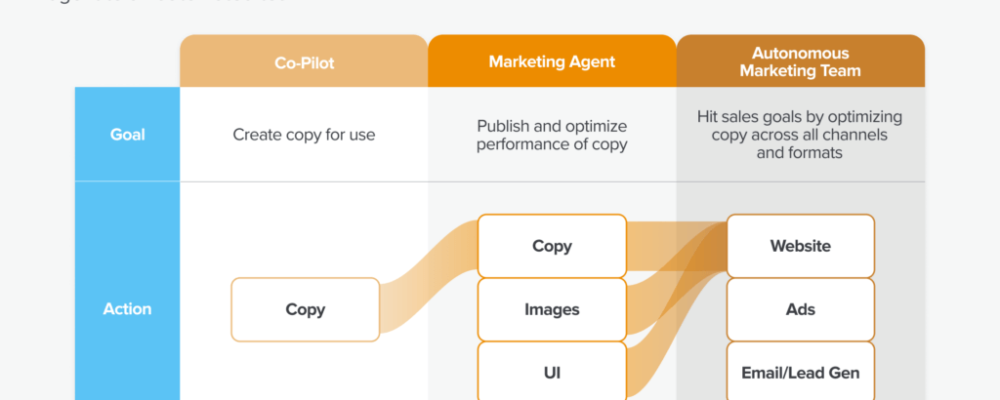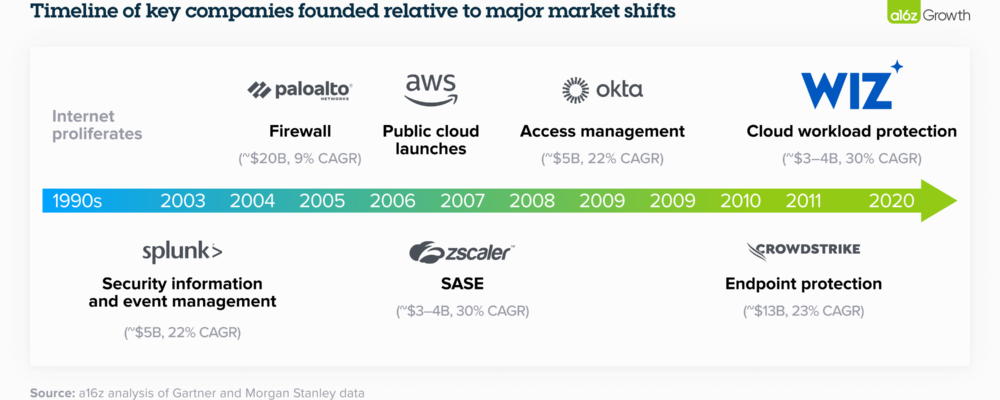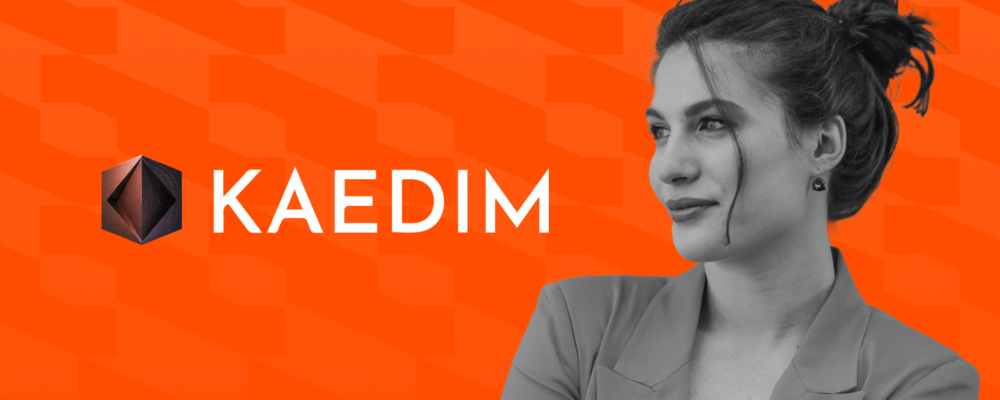Posted June 10, 2024
Over the past decade, usage-based pricing has soared in popularity because it better aligns cost with value and allows customers to pay only for what they use. But that flexibility comes with operational pain points, especially when it comes to predicting revenue. With the right processes and infrastructure in place, however, your usage-based revenue can actually become more predictable over time than it might be in traditional seat-based SaaS.
In this podcast episode from the a16z Growth team, Fivetran’s VP of Strategy and Operations Travis Ferber and Alchemy’s Head of Sales Dan Burrill join a16z Growth’s Revenue Operations Partner Mark Regan to discuss the art of generating reliable usage-based revenue. They also discuss how to avoid common pitfalls when implementing this pricing model—including how to develop sales forecasting cycles, implementing the right tools to track usage, and addressing the lack of customer data when you’re starting out.
We’ve included some key moments from the discussion below.
Why usage-based pricing: aligning value with customer success (02:42)
- Usage-based pricing has become exceptionally popular with the rise of product-led growth, but it wasn’t always a tried-and-true model. What are the benefits of this model over traditional subscription-based SaaS?
Navigating the challenges of usage-based pricing: lessons from the trenches (07:51)
- Predictable revenue is the heart of any business’s forecasting and revenue models—especially in the later stages, you need to be able to accurately forecast how much revenue you’re bringing in in order for investors to feel confident in your growth story. What makes this model so hard to operationalize?
Mastering forecasting in a usage-based pricing model (15:56)
- In subscription SaaS, there’s a repeatable playbook for assessing forecasting risk. If your sales team effectively applies methodical qualification, like MEDDPICC, to your deals, you’re in a good position to generate accurate forecasts. But there isn’t a similar playbook or methodology for UBP. Which models, assumptions, systems, and skills do you need to put in place to build one?
Strategic long-term planning and revenue attribution in usage-based models (23:56)
- In SaaS, you can often establish your long-term revenue plan on a well-designed sales capacity plan. But it’s likely you have to approach this far differently with UBP. How do you adapt your models and assumptions when you plan for the long term?
The future of consumption-based models: integrating AI and enhancing customer value (29:54)
- Are usage- or consumption-based models here to stay? How will generative AI change the way the pricing model is implemented? What downstream effects will it have on the startup ecosystem?
“Andreessen Horowitz is a private American venture capital firm, founded in 2009 by Marc Andreessen and Ben Horowitz. The company is headquartered in Menlo Park, California. As of April 2023, Andreessen Horowitz ranks first on the list of venture capital firms by AUM.”
Please visit the firm link to site






